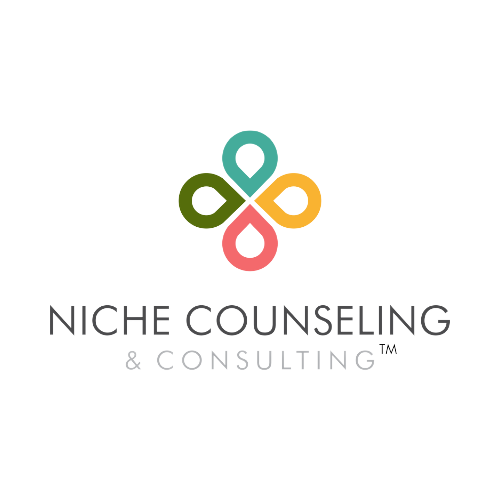Shedding Light on Seasonal Affective Disorder: Symptoms and Solutions
Photo by Zulmaury Saavedra on Unsplash
There’s something about the way the seasons shift that can make you feel like you’re slipping into a space you can’t quite name. For many, that shift is called Seasonal Affective Disorder (SAD), a form of depression that emerges when the days grow shorter and colder, and the light begins to fade. It’s not just feeling a little “off” because summer has ended—it’s a clinical condition that can affect your energy, mood, sleep, and even your appetite.
SAD typically occurs during the fall and winter months, starting in late fall (around October or November) and lingering until spring begins to bloom. While the exact cause isn’t known, research suggests that reduced sunlight during these months can disrupt your internal clock and serotonin levels—both of which play critical roles in regulating your mood.
The symptoms of SAD often mirror those of major depression, and they can make even the simplest tasks feel overwhelming:
Feeling hopeless or worthless
Loss of interest in activities you once enjoyed
Low energy or fatigue, even after a full night’s sleep
Difficulty concentrating
Changes in appetite, often craving carbohydrates
Social withdrawal or isolation
How to Navigate the Darkness
Light Therapy: Since SAD is linked to the lack of sunlight, one of the most common treatments is light therapy. It involves sitting near a lightbox that mimics natural sunlight for 20 to 30 minutes each day, especially in the morning.
Therapy and Counseling: Therapy, particularly cognitive-behavioral therapy (CBT), can help you navigate the emotional and mental fog that comes with SAD. It provides tools to reshape negative thoughts and patterns.
Mind Your Sleep: Keep a consistent sleep schedule. Our internal clocks are already struggling during these months, and erratic sleep patterns can make things worse. Aim to go to bed and wake up at the same time every day, even on weekends.
Exercise: You don’t have to run a marathon, but moving your body—even just a daily walk outside—can boost your mood. Physical activity releases endorphins, which naturally help you feel better.
Stay Connected: SAD has a way of making you want to retreat, but social support is vital. Reach out to friends, even if it’s just a text or a quick coffee. Isolation often deepens the depression.
Remember, you don’t have to go through this alone. Whether it’s seeking therapy, trying light therapy, or leaning on your community, there are ways to ease the weight that winter may bring. The light always returns, and so will your energy, your hope, and your joy.
Kristin Davis, LMFT, is the founder of Niche Counseling & Consulting, PLLC, specializing in healing intergenerational patterns and ancestral trauma. With a background in diversity, equity, and wellness, Kristin offers virtual counseling, intensives, and speaking engagements. Trained as an Ancestral Healing Practitioner, she empowers clients to forge new pathways for healing, promoting wellness and empowerment through psychoeducation. Connect with Kristin on LinkedIn or visit her website at www.nichecounseling.com.


